31
Jan
Trump Administration Hands Over Clean Water Standards to Agrichemical, Construction, and Mining Industry

(Beyond Pesticides, January 31, 2020)Â In the latest of a long litany of destructive decisions by the Trump administration, U.S. Environmental Protection Agency (EPA) Administrator Andrew Wheeler announced on January 23 the establishment of a new weaker federal rule on protection of U.S. waterways, which replaces the 2015 Waters of the United States (WOTUS) rule that the agency repealed in September 2019. In an obeisant gesture to industrial interests â the agrichemical, construction, and mining sectors â Mr. Wheeler chose to announce the replacement rule, the Navigable Waters Protection Rule, at a Las Vegas National Association of Home Builders International Buildersâ Show. This decision will significantly weaken protections by drastically reducing the number of U.S. waterways and acreage of wetlands protected, and by jettisoning proscriptions on activities that threaten waterways from a variety of pollution harms.
President Obamaâs WOTUS, aka Clean Water Rule, has provided protections from pesticide runoff and other pollutants to millions of acres of wetlands and thousands of miles of streams. According to Administrator Wheeler, ââAll states have their own protections for waters within their borders, and many regulate more broadly than the federal government. . . . Our new rule recognizes this relationship and strikes the proper balance between Washington, D.C. and the states. And it clearly details which waters are subject to federal control under the Clean Water Act and, importantly, which waters fall solely under the states’ jurisdiction.ââ Whereas, the Obama-era rule protected approximately 60% of U.S. waterways â protecting drinking water sources for roughly one-third of the nation â the new rule is expected to reduce dramatically the number of waterways protected.
The WOTUS rule was created to provide greater protections from pollution, and to âbring clarity to decades of political and legal debate over which waters should qualify.â The rule included many smaller waterways and wetlands that function as recharge areas or tributaries to larger water bodies. There was, of course, blowback from business interests, which generally considered it an act of federal overreach; indeed, 27 states sued to block the rule. Those who opposed that rule complained largely about the scope, in that it applied to those smaller waterways and wetlands. The American Farm Bureau Federation and other agricultural groups were particularly strident in their objections. Common sentiment was captured by a comment from a representative of the federation: âWhen you take private property rights from a man whoâs worked all his life, that is very intrusive to him and itâs something he just canât stand for.â
Critics of the 2015 WOTUS rule also objected to provisions that limited agricultural and industrial âfreedom to pollute.â The New York Times described some features of WOTUS: âUnder the Obama rule, farmers using land near streams and wetlands were restricted from doing certain kinds of plowing and planting certain crops, and would have been required to apply for permits from the Environmental Protection Agency in order to use chemical pesticides and fertilizers that could have run off into those water bodies.â The new Navigable Waters Protection Rule will remove those requirements, as well.
The new rule will exempt âephemeralâ waterways â those that may be vernal or seasonal, or form after significant rainfall â as well as farm water ponds, underground water passages, groundwater, waste treatment systems, and prior converted croplands, exposing them to greater degrees of fouling and the âdownstreamâ impacts of that. The new rule identifies four categories to which it extends federal protections: large navigable waters (e.g., the Mississippi River), lakes and ponds, tributaries, and major wetlands. When the new rule goes into effect in March, an immediate impact will be that polluters will not need to secure permits to dump potentially harmful substances (think agricultural pesticides and fertilizers, fossil fuel-based products, chemicals, industrial waste) into many streams and wetlands.
Objection to the rollback and new rule is rife. In 2019, 14 states sued EPA, challenging that the proposed WOTUS rollback would ignore law and science, and remove from some waterways basic protections for which the 1972 Clean Water Act was created. In December 2019, the EPA Science Advisory Boardâs members (nearly two-thirds of whom were appointed by Trump) posted an online letter saying that the revised definition (of which waterways âcountâ for federal protection) âdecreases protection for our Nation’s waters and does not support the objective of restoring and maintaining âthe chemical, physical and biological integrityâ of these waters.â The Science Advisory Board, which is tasked with evaluating the scientific integrity of the agencyâs regulations, also said the new rule âneglects established scienceâ by âfailing to acknowledge watershed systemsâ; the board also found âno scientific justificationâ for the exemption of particular waterways from protection.
In addition to its critique of the new waterways rule, in separate letters, the board denounced two other initiatives of the Trump administrationâs EPA: its plan to roll back Obama-era rules on tailpipe emissions, and its plan to constrain the use of some scientific data in promulgating regulation â which development Beyond Pesticides has covered.
The board has also criticized that development â to limit the science EPA would use in developing rules related to public health by requiring that scientists disclose all of their raw data, including confidential medical records, before EPA would consider a studyâs conclusions. Critics note that such a rule would hamper enactment of any new regulations related to clean water (and air) because many research studies that would inform such rules necessarily rely on personal health data gathered under confidentiality agreements. The board warned that this âmay not add transparency, and even may make some kinds of research more difficult.â
John Gluckenheimer, PhD, who was appointed to the EPA Science Advisory Board in 2019, has said that the new rule is âbased upon speculation about what the courts will decide, rather than really having much scientific substance,â and that it ignores âthe established science showing that even those wetlands and underground streams have a significant impact on the health of larger bodies.â Response to the boardâs letter from the Natural Resources Defense Councilâs (NRDCâs) Jon Devine, an expert in water policy, was unvarnished: âThey are saying that the Trump proposal is entirely untethered from the scientific evidence, and that the scientific record for the rule that the administration is trying to replace remains unrefuted and very solid. And any self-respecting scientist is going to say that.â
Former EPA Administrator and now president and CEO of NRDC Gina McCarthy has been vociferous in her critique of the rollback and new rule: ââSo much for the âcrystal clearâ water President Trump promised. You don’t make America great by polluting our drinking water supplies, making our beaches unfit for swimming, and increasing flood risk. This effort neglects established science and poses substantial new risks to people’s health and the environment. We will do all we can to fight this attack on clean water. We will not let it stand.ââJanette Brimmer of Earthjustice said in a statement that under the new rule, âfew protections will remain to stop polluters from dumping toxic byproducts into our waters.â Collin OâMara, president and CEO of the National Wildlife Federation, said, âThis is not just undoing the clean water rule promulgated by the Obama administration. This is going back to the lowest level of protection weâve seen in the last 50 years. This is a staggering rollback.â
The Washington Post reports, âThe independent assessments raise questions about the basis for the administrationâs push to unspool regulations enacted under President Barack Obama.â The newspaper also cites a comment made by Steven Hamburg, chief scientist at the Environmental Defense Fund who was a member of the EPA Science Advisory Board until September 2019: âIt really calls into question to what degree these suggested changes are fact-based as opposed to politically motivated.â Critics further note that this decision â among the nearly 100 other rollbacks of environmental rules under the Trump administration â may be challenging to undo under a future administration because of the rightward ideological shift in the composition of the Supreme Court.
Beyond Pesticides advocates for organic and regenerative land management systems that protect waterways, conserve water, create less surface runoff, and reduce the need for nutrient input. Advancement of that goal requires the strong voices of the public â particularly in the current political zeitgeist and given the trajectory of recent EPA decision making. Please call and write to elected officials and support NGOs (non-governmental organizations, such as Beyond Pesticides) that are working to protect waterways from pollution, and thus, human and environmental health.
All unattributed positions and opinions in this piece are those of Beyond Pesticides.
Sources: https://www.npr.org/2020/01/23/798809951/trump-administration-is-rolling-back-obama-era-protections-for-smaller-waterways and https://www.washingtonpost.com/climate-solutions/epas-scientific-advisers-warn-its-regulatory-rollbacks-clash-with-established-science/2019/12/31/a1994f5a-227b-11ea-a153-dce4b94e4249_story.html









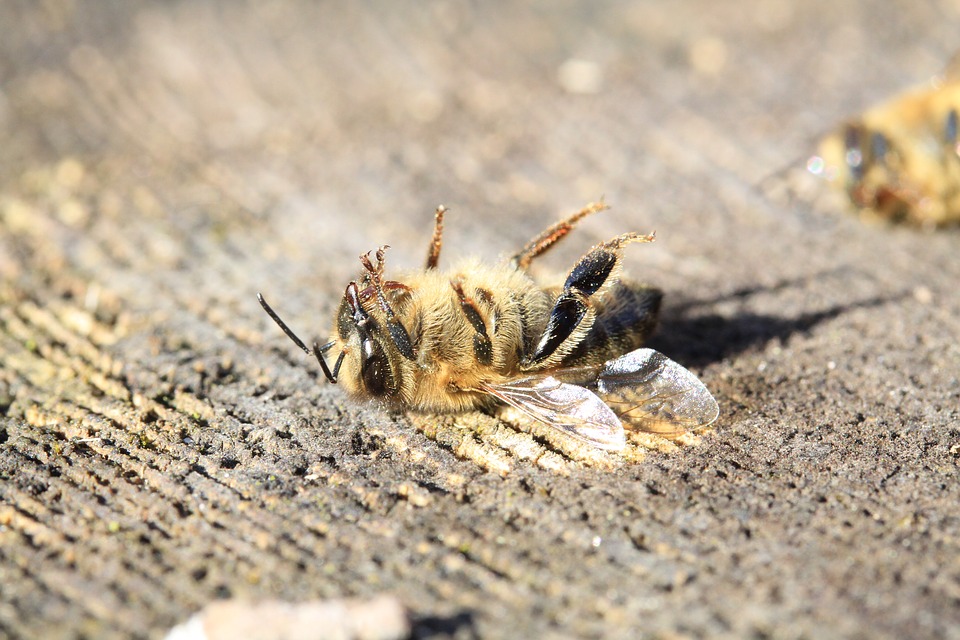 (Beyond Pesticides, January 28, 2020) The practice of coating seeds with insecticides, now widely adopted as a result of the agrichemical industry, has created increasingly toxic conditions for pollinators foraging on US cropland, finds a study published in
(Beyond Pesticides, January 28, 2020) The practice of coating seeds with insecticides, now widely adopted as a result of the agrichemical industry, has created increasingly toxic conditions for pollinators foraging on US cropland, finds a study published in 
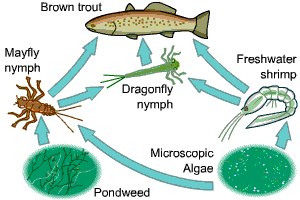 (Beyond Pesticides, January 28, 2020) In more bad news from the insect world,
(Beyond Pesticides, January 28, 2020) In more bad news from the insect world,  (Beyond Pesticides, January 27, 2020) United States military veterans suffering from bladder cancer, hypothyroidism, hypertension, and Parkinson’s-like symptoms after their exposure to Agent Orange will remain unprotected and uncompensated until at least late 2020, according to
(Beyond Pesticides, January 27, 2020) United States military veterans suffering from bladder cancer, hypothyroidism, hypertension, and Parkinson’s-like symptoms after their exposure to Agent Orange will remain unprotected and uncompensated until at least late 2020, according to 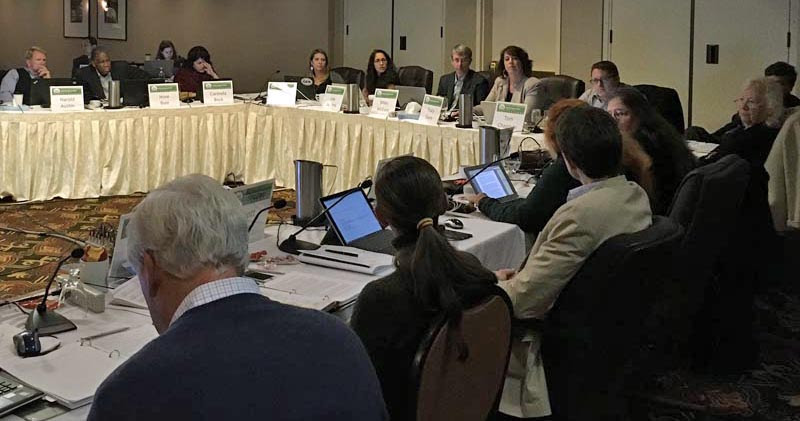

 (Beyond Pesticides, January 22, 2020) About half a million Minnesotans have been subject to drinking water contaminated by nitrate, according to a
(Beyond Pesticides, January 22, 2020) About half a million Minnesotans have been subject to drinking water contaminated by nitrate, according to a 
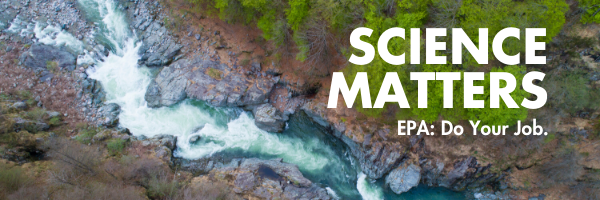
 (Beyond Pesticides, January 17, 2020)Â In Brussels, the
(Beyond Pesticides, January 17, 2020)Â In Brussels, the 
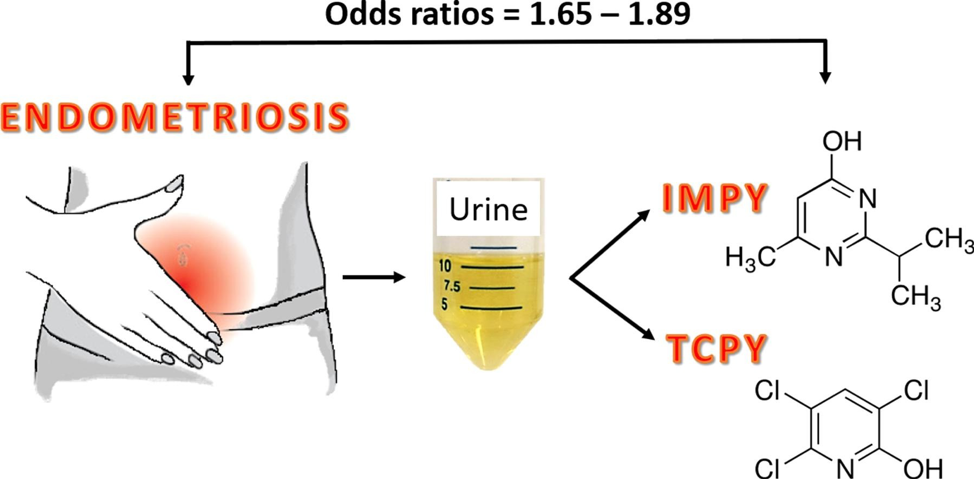
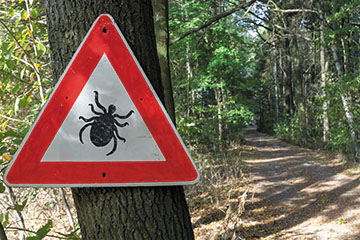

 (Beyond Pesticides, January 10, 2020) A
(Beyond Pesticides, January 10, 2020) A 

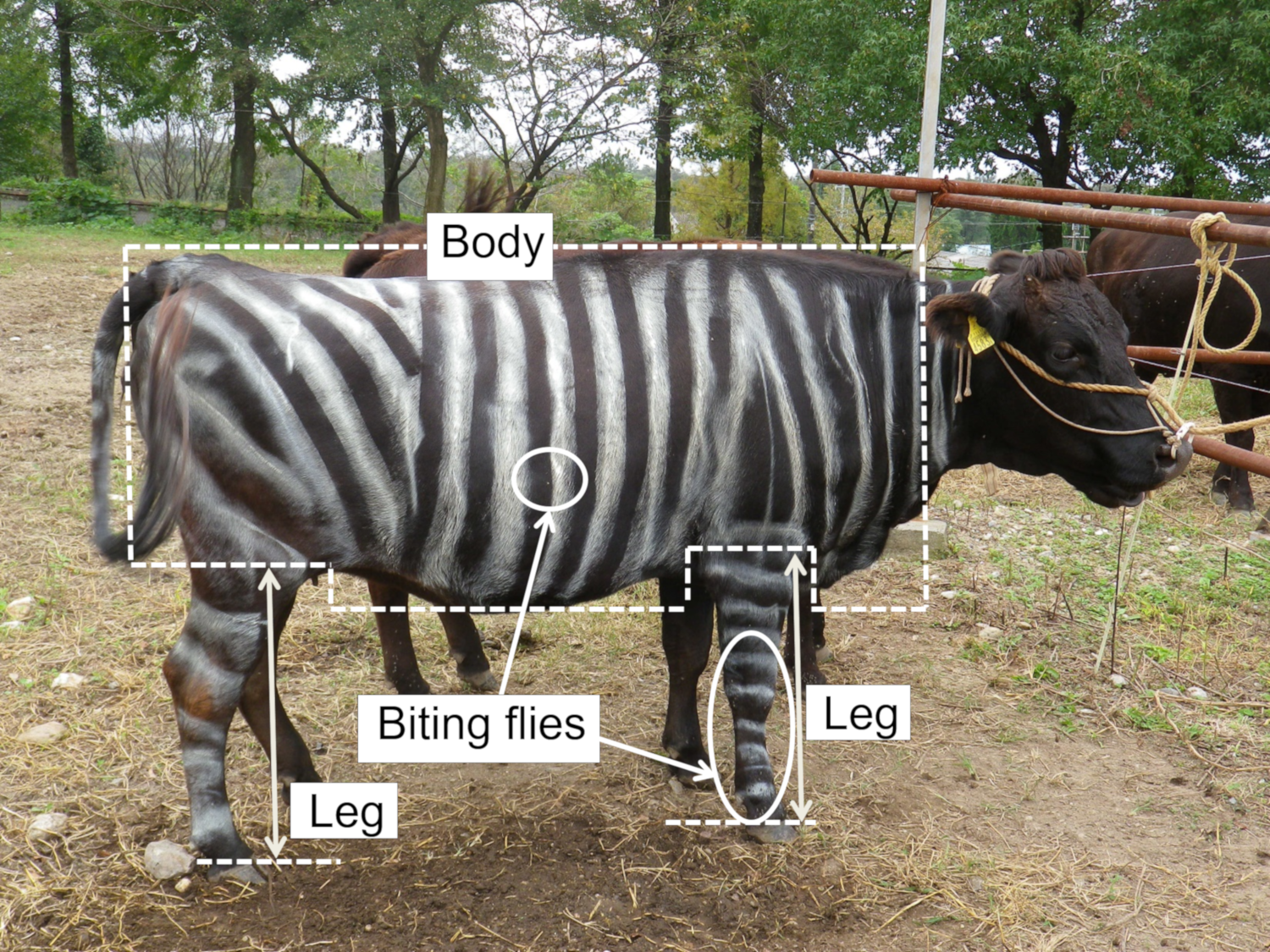
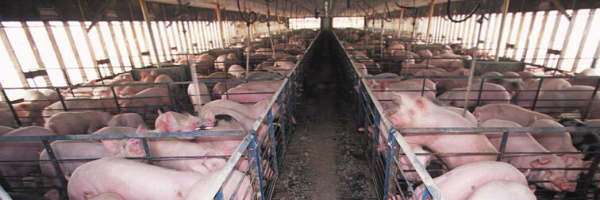 (Beyond Pesticides, January 6, 2020) In the midst of recalls of romaine lettuce contaminated with a pathogenic strain of E. coli, states and counties across the country are calling for a moratorium on large confined animal feeding operations (CAFOs). Now Senator Cory Booker is seeking to pass similar legislation at the national level. These industrial-scale operations are commonly referred to as âfactory farms.â
(Beyond Pesticides, January 6, 2020) In the midst of recalls of romaine lettuce contaminated with a pathogenic strain of E. coli, states and counties across the country are calling for a moratorium on large confined animal feeding operations (CAFOs). Now Senator Cory Booker is seeking to pass similar legislation at the national level. These industrial-scale operations are commonly referred to as âfactory farms.â (Beyond Pesticides, January 3, 2020) In a hard-earned win, the city of Malibu, California collaborated with the Coastal Commission to ban toxic pesticide use in their community. While the city had already voted to
(Beyond Pesticides, January 3, 2020) In a hard-earned win, the city of Malibu, California collaborated with the Coastal Commission to ban toxic pesticide use in their community. While the city had already voted to 



